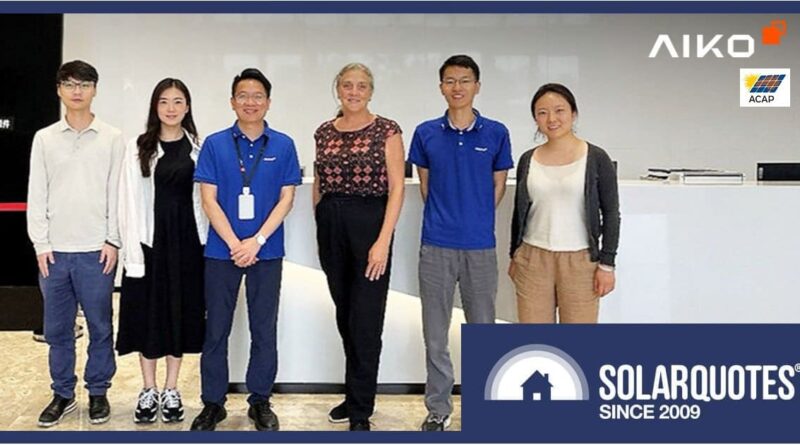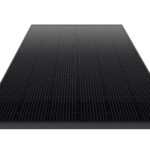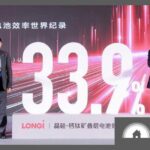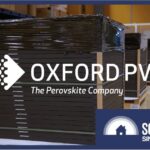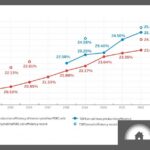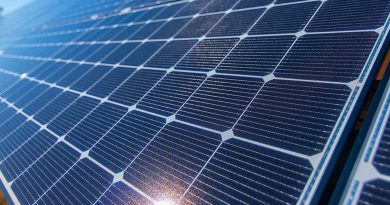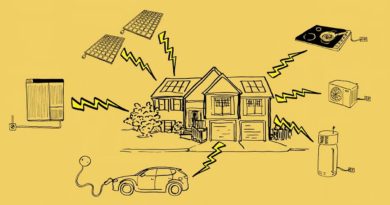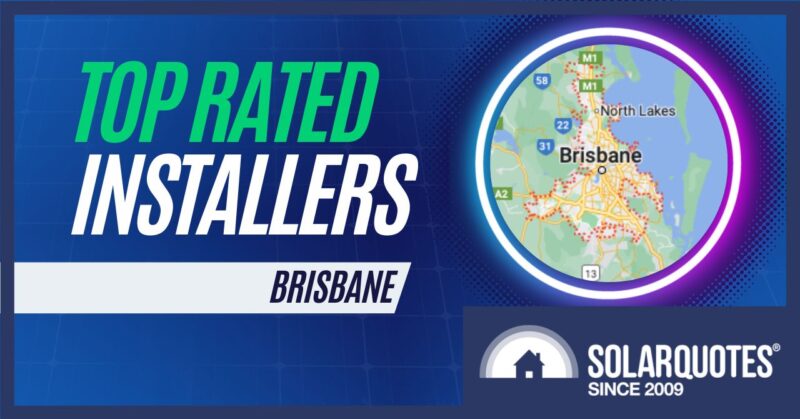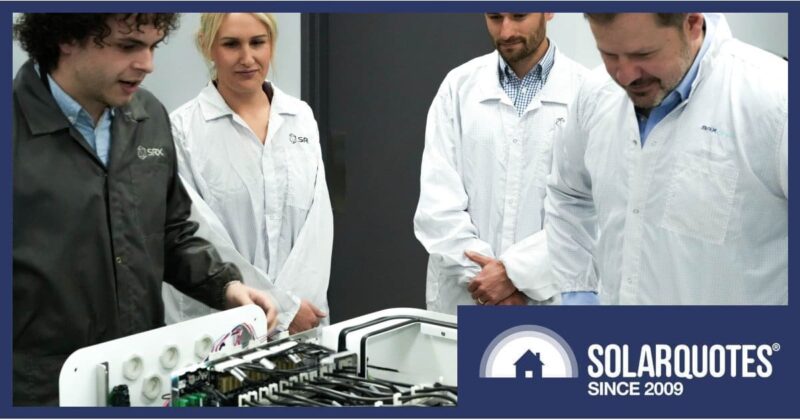Australia-China Team Push Solar Limits With IBC Cell Tech
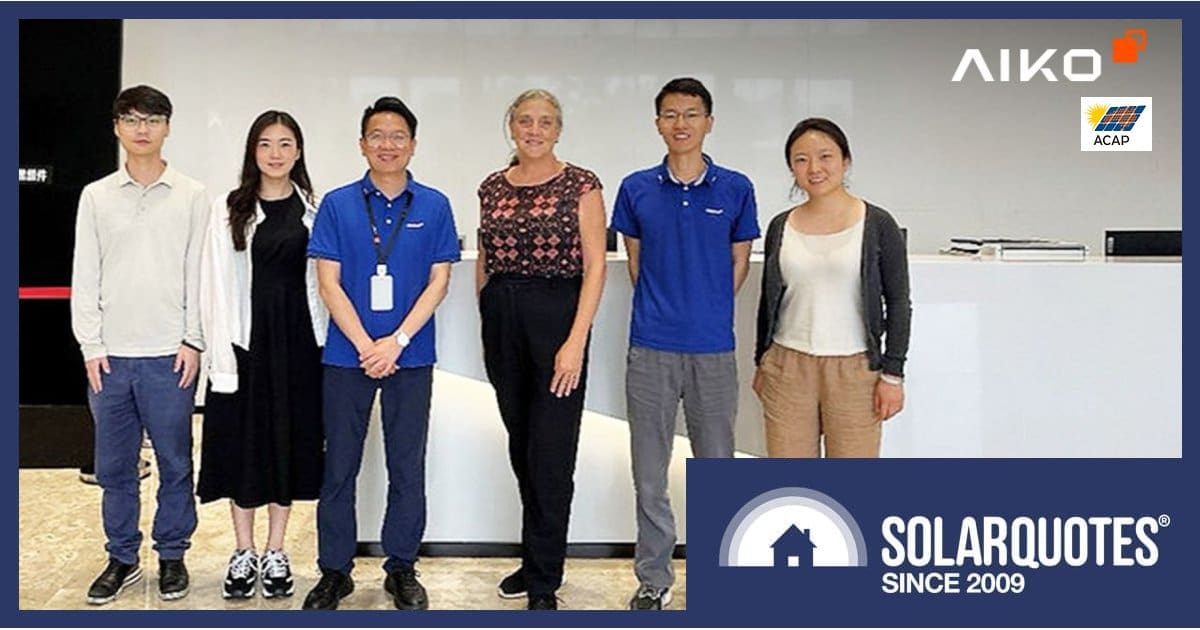

Chinese solar manufacturer Aiko is collaborating with the Australian Centre for Advanced Photovoltaics (ACAP) to create Interdigitated Back Contact (IBC) silicon solar cells with more than 30% conversion efficiency.
While the technical conversion efficiency limit of crystalline solar cells is put at around 29%, the partners are shooting for over 30% by generating multiple electron-hole pairs from high-energy photons without the added complexity of tandem structures. A tandem solar cell is one that uses multiple solar cells, usually made from different materials, stacked on top of each other. These layers have different bandgaps, allowing a broader range of light wavelengths to be converted to electricity.
Assuming success, technology developed under the $4 million R&D project could be integrated into current solar manufacturing with minimal production changes.
Professor Martin Green, founder of ACAP at the University of New South Wales and often referred to as a “father of solar”, was also the founder of the Solar Photovoltaics Group at UNSW in 1974. He was one of the lead inventors of PERC (passivated emitter and rear contact/cell) technology in 1983. PERC is utilised in many solar panels available today and was (is?) the dominant technology. While TOPCon (Tunnel Oxide Passivated Contact) appears to be taking over from PERC, IBC has potential to displace TOPCon as the most common tech.
Commenting on the partnership, Professor Green said:
“With UNSW’s world-class research capabilities and AIKO’s industry leadership, we aim to push the boundaries of photovoltaic performance and shape the future of solar energy.”
ACAP was founded in 2013 and is funded by the Australian Renewable Energy Agency (ARENA), university and industry partners. In July this year, ACAP’s Industry Consortium initiative kicked off with founding industry partners including Aiko.
“The ACAP Consortium serves as the foundation for this partnership, bringing together leading academic institutions and industry partners to foster innovation and drive the development of high-efficiency solar technologies,” said executive director of ACAP, Professor Renate Egan.
As Easy As ABC/IBC
Aiko’s ABC (All Back Contact) technology, aka IBC, involves having all electrical contacts on the rear side of the solar cell. The positive and negative contacts are arranged in an interlocking pattern; making it easier for electrons to flow efficiently. The absence of metal ribbons on the front reduces shading.
Furthermore, AIKO’s ABC tech doesn’t use costly silver but much cheaper and more abundant copper instead to bond with the silicon. This, Aiko says, also enhances cell mechanical strength and flexibility – reducing the risk of microcracks developing that can impact power production and module service life.
ABC/IBC tech can also be combined with materials other than silicon such as perovskite for tandem cells.
Aiko Making Its Mark In Australia
Aiko Solar has only been on the Australian home solar scene since March this year, but is already turning heads. Last month it launched what the firm claimed to be the most powerful residential rooftop solar panel currently available in Australia1; the Neostar 2P 470 Watt module that features 108 N-Type ABC cells.
According to SolarQuotes Founder Finn Peacock, Aiko manufactures competitively priced high-efficiency, shade-tolerant solar panels:
“Despite being a relative newcomer to the Australian market, we consider them good quality and well supported based on feedback from installers we trust and are happy to recommend them.”
AIKO can be found on SQ’s recommended panel brands chart.
The firm was at the recent All-Energy Australia exhibition and conference in Melbourne where it showcased the Neostar (dimensions: 1757 x 1134 mm) and also its Infinite line of modules, which at 2382 × 1134 mm are best suited to utility and C&I applications.
Footnotes
- JinkoSolar very recently launched the Tiger Neo 3.0 DG, which is up to 495 Watts – but I don’t think it’s available here just yet ↩
Original Source: https://www.solarquotes.com.au/blog/aiko-acap-solar-mb3043/

